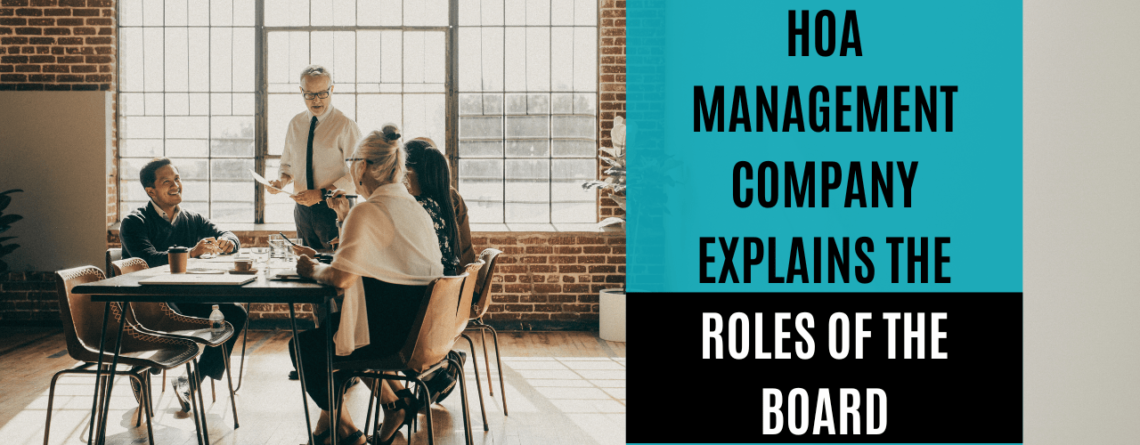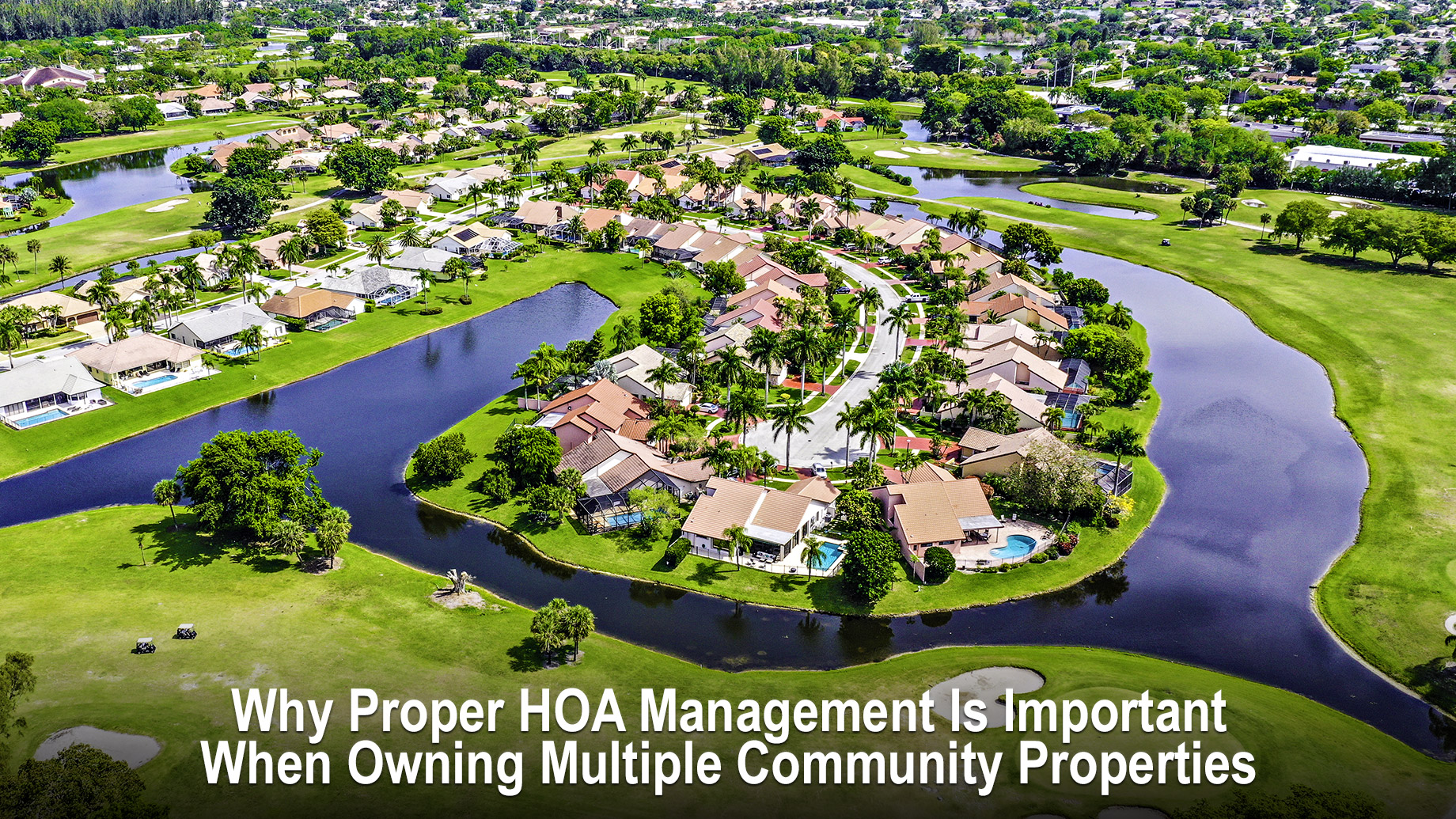Transform Your Area with Premier Austin HOA Management
Transform Your Area with Premier Austin HOA Management
Blog Article
How HOA Administration Promotes Communication and Dispute Resolution Amongst Residents
Home Owners' Organizations (HOAs) serve as critical entities in fostering communication and resolving problems amongst residents. While these mechanisms are created to lessen misunderstandings, the underlying dynamics of resident interactions can commonly complicate matters.
Duty of HOAs in Interaction
Property Owners' Organizations (HOAs) play a critical function in helping with communication within household areas, working as the main conduit in between locals and the regulating body. By establishing a structured structure for dialogue, HOAs guarantee that locals' concerns and suggestions are listened to and dealt with effectively - austin hoa management. This function is crucial in fostering a feeling of community and belonging amongst locals, as it encourages participation and cooperation


Inevitably, the performance of an HOA in communication directly influences the general satisfaction of residents. When communication is prioritized and taken care of efficiently, it promotes an unified living setting where residents feel valued and linked, leading the way for a more lively and natural community.

Established Networks for Discussion
Establishing reliable channels for dialogue is essential for any type of Property owners' Organization (HOA) looking for to improve interaction within its neighborhood. These networks function as fundamental devices that help with the exchange of info and cultivate a sense of belonging among homeowners.
One of the most typical approaches is using e-newsletters, which give updates on community events, upkeep timetables, and important statements. Digital systems, such as area web sites and social media groups, can additionally play a crucial role in guaranteeing citizens stay educated and engaged. Regularly scheduled meetings, whether online or in-person, enable participants to voice problems, share concepts, and review area issues in a structured setting.
Additionally, suggestion boxes placed strategically throughout the community can encourage residents to offer feedback anonymously, fostering an atmosphere of openness. Developing clear lines of interaction, such as committed e-mail addresses or hotlines for specific problems, additionally equips locals to connect conveniently.
Problem Resolution Strategies
Efficient communication networks are important not just for sharing info but additionally for dealing with conflicts that may arise within an area. These guidelines should be readily obtainable to all locals, making certain transparency and uniformity.

Additionally, disputes may profit from a structured procedure for escalating concerns. HOAs can assign a conflict resolution board or involve a neutral 3rd party to promote discussions when essential. This strategy offers an organized way to take care of disputes while preserving impartiality.
Ultimately, efficient problem resolution strategies not just resolve problems yet also develop trust fund among citizens, enhancing a sense of neighborhood and shared duty. By prioritizing these strategies, HOAs can add to a more cooperative and serene area setting.
Mediation and Facilitation Methods
When browsing problems within a mediation, facilitation and neighborhood techniques can play an important function in promoting understanding and resolution,. These methods involve competent experts who direct discussions, guaranteeing that all parties have the opportunity to share their viewpoints in a positive atmosphere. Mediation focuses on helping contradictory events discover commonalities through arrangement, while assistance includes managing team characteristics to promote effective interaction.
An efficient arbitrator creates a secure room for dialogue, encouraging individuals to actively pay attention and understand with each other. This process typically includes reframing concerns to make clear misunderstandings and stressing shared interests instead of click this differences. Facilitators, on the other hand, might employ strategies like brainstorming sessions or team tasks to build relationship and enhance cooperation among homeowners.
Both techniques prioritize nonpartisanship and impartiality, allowing citizens to feel listened to and respected. By using mediation and facilitation strategies, HOA administration can encourage area participants to deal with conflicts amicably, minimizing tension and cultivating a feeling of belonging. Eventually, these techniques add to a much healthier area atmosphere, where problems are dealt with proactively and partnerships are reinforced through open interaction.
Advantages of Effective Interaction
Clear communication works as the foundation for effective interactions within an area, considerably improving the general performance of HOA monitoring (austin hoa management). Reliable interaction fosters transparency, which builds trust among locals and the administration team. When citizens feel notified regarding neighborhood plans, occasions, and choices, they are a lot more likely to involve favorably and add to the neighborhood's wellness
Furthermore, clear communication minimizes misunderstandings and reduces the potential for problem. By expressing guidelines, expectations, and duties plainly, HOAs can preemptively deal with issues prior to they intensify. Residents equipped with essential info are better placed to comply with community standards and resolve disputes agreeably.
In addition, efficient communication channels motivate comments and recommendations from homeowners, equipping them to get involved proactively in the decision-making process. This inclusivity not just boosts area morale but Look At This additionally results pop over to this site in more educated and representative results.
Additionally, constant updates with newsletters, conferences, and electronic platforms guarantee that all neighborhood participants are aligned with the HOA's vision. In recap, efficient communication is necessary for cultivating a natural area, advertising active engagement, and inevitably accomplishing an unified living atmosphere.
Conclusion
In final thought, reliable HOA monitoring significantly boosts interaction and problem resolution among locals. Ultimately, the promotion of efficient communication leads to lowered misunderstandings and enhanced resident contentment, adding to a natural and harmonious neighborhood atmosphere.
Property Owners' Organizations (HOAs) play a critical duty in facilitating communication within household communities, acting as the key avenue in between homeowners and the controling body.HOAs normally organize routine conferences, newsletters, and digital systems to promote transparency and keep residents notified concerning area advancements and laws. These efforts not just improve communication but likewise equip residents to engage in the decision-making procedure, consequently raising their financial investment in the community's health - austin hoa management. When homeowners feel notified concerning neighborhood occasions, plans, and decisions, they are much more likely to involve positively and contribute to the neighborhood's wellness
Ultimately, the promo of effective interaction leads to minimized misunderstandings and increased resident satisfaction, contributing to a cohesive and harmonious neighborhood setting.
Report this page